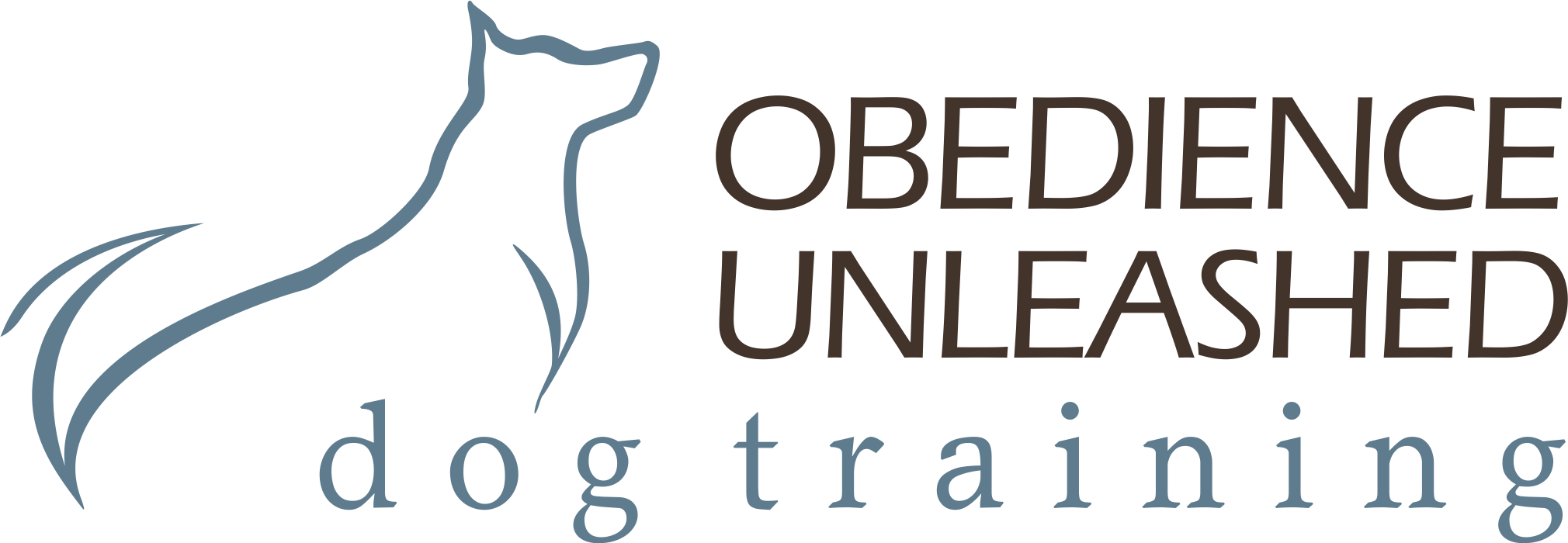Tracking class
![]() When long-time tracking enthusiast Penny Kurz discovered that her mailbox had been vandalized, she took action. Harnessing up her tracking dog, Deuce, she set out to find the perpetrator. “Deuce sniffed around the mailbox and started running what looked like a car trail to me,” says Kurz. “A car trail will hang along the curb or edge of grass along the sidewalk. When he puts his nose down into footprints, it looks different. He took me up a couple blocks, made another corner, up another street, then all of a sudden stopped. He went across the front lawn, poking his nose into the footprints, went to the front door and sat down. “I was ready to knock on the door, say someone broke my mailbox and my dog tracked to this house,” says Kurz. “Then I looked down at Deuce. Unfortunately, you lose a little credibility when you’re standing there with a Miniature Poodle. I chickened out—if I can’t fix the mailbox, I’ll borrow a German Shepherd and go back.”
When long-time tracking enthusiast Penny Kurz discovered that her mailbox had been vandalized, she took action. Harnessing up her tracking dog, Deuce, she set out to find the perpetrator. “Deuce sniffed around the mailbox and started running what looked like a car trail to me,” says Kurz. “A car trail will hang along the curb or edge of grass along the sidewalk. When he puts his nose down into footprints, it looks different. He took me up a couple blocks, made another corner, up another street, then all of a sudden stopped. He went across the front lawn, poking his nose into the footprints, went to the front door and sat down. “I was ready to knock on the door, say someone broke my mailbox and my dog tracked to this house,” says Kurz. “Then I looked down at Deuce. Unfortunately, you lose a little credibility when you’re standing there with a Miniature Poodle. I chickened out—if I can’t fix the mailbox, I’ll borrow a German Shepherd and go back.”
If your dog has a nose, he can track. Surely you’ve seen him do so on walks with his nose to the ground or lifted high in the air. The sport of tracking harnesses that natural ability by demonstrating the dog’s ability to follow the scent of one particular person, the tracklayer, over various kinds of terrain. Each level of competition features greater challenges—a longer, well-aged track; more turns; and multiple scent articles. Unlike agility or obedience, where the handler gives instructions and the dog is expected to follow, in tracking the dog is in charge. He wears a harness attached to a 30-foot leash and pulls the handler down the trail. Some dogs are confident and fly down the track, whereas others are methodical and take their time. (By Julia Kamysz Lane)
This Schutzhund Tracking course introduces the team (handler and dog) to the basics of footstep tracking. In order to get full points in the tracking phase, the dog must show where each and every footstep of the tracklayer fell, track with a deep nose into the terrain and show intensity and concentration throughout the track. I explain how to imprint this behavior in the foundation by teaching scent boxes and circle tracks associated with lots of treats, while allowing the dog to work the “track” without interference from the handler. We then move on to serpentines and straight legs with turns, and discuss how to start fading the food off the track at the end of the course. Also covered is how to teach a proper article indication and games to establish hunt drive as a prerequisite to adding them to the track. After all, tracking is eventually about finding the dropped articles, not the treats! Line handling as a management tool without correction is integral to helping the dog learn to track the way we want him to, as well as knowing the rules and what is expected.
This is an action-packed class with a limit of 6 dogs. Please call now to reserve your spot.
January class: 4 spots available. Class dates are Saturday’s at 9:00 am: Jan. 23, 30, Feb. 6, 13, 20, 27.
6 weekly classes for the price of $250.00 + GST
This Schutzhund Tracking class will be held in Mission, BC to expose the dogs to different terrain and conditions. Handouts and homework will be given.
